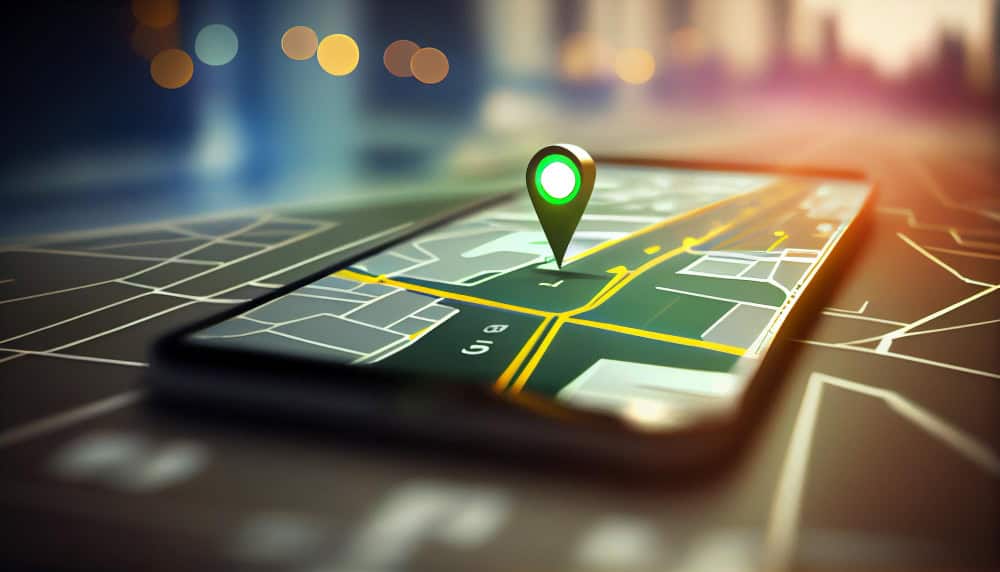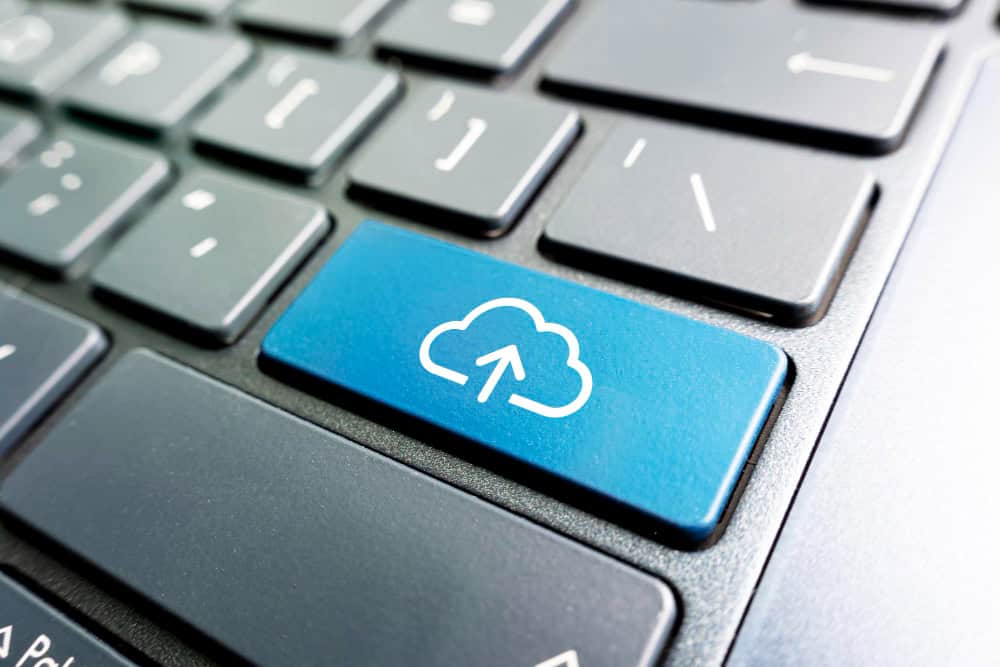The evolution of technology has seen a dramatic shift in how businesses are choosing to market and advertise their services. One of the technologies being utilised more and more is Location-based services (LBS), which use real-time geo-data from mobile devices to deliver relevant services, information, and advertisements to the customer’s current location. This technology is transforming marketing strategies by enabling hyper-targeted and personalised content, enhancing customer interactions, and offering significant operational benefits. In the blog below, we explore the dynamic impact of LBS on marketing, customer engagement, and broader business operations.
Table of Contents
Toggle
Understanding Location-Based Services (LBS)
Location-Based Services (LBS) refer to applications and technologies that utilise geographical information to provide services or information to users based on their current location. The technology behind LBS relies on various positioning methods such as GPS, Wi-Fi, and beacons.
Within the telecom framework, LBS leverages network infrastructure to communicate with users’ devices and determine their location. When a user requests location-based information or services, their device communicates with nearby cell towers or Wi-Fi access points to triangulate their position. This information is then used to deliver relevant content, such as nearby points of interest, advertisements, or personalised recommendations, tailored to the user’s location. For instance, a retail store could use LBS to send targeted promotions to customers who are nearby, enhancing their shopping experience and potentially increasing sales.
In this way, location-based services marketing technology allows businesses to personalise their marketing strategies to enhance the customer experience. Let’s unpack this in more detail below.
The Rise of Personalised Marketing
In recent years, with the acceleration of digital transformation, a significant shift in how businesses choose to connect with consumers has occurred. Traditional marketing strategies relied on broad messaging across large audiences. Today, businesses can use technology for more targeted and personalised approaches that cater to consumers’ behaviours and needs.
Location-based service marketing plays a pivotal role in enabling these hyper-targeted advertising campaigns. By utilising real-time location data, businesses can deliver ads and promotions relevant to the consumer’s interests and immediate geographical context. For example, a user might receive a discount offer from a nearby restaurant just as they search for dining options. This precision not only increases the effectiveness of ads but also enhances user engagement by making the ads more relevant to the consumer.
The strategic use of LBS in marketing is a powerful tool for businesses to increase conversion rates and build closer relationships with their customers. Customer engagement is central to this.
LBS and Customer Engagement
Location-Based Services (LBS) significantly enhance customer interaction and brand experience by delivering personalised ads and contextually relevant information directly to users. This strategic application of technology increases engagement and boosts customer satisfaction and loyalty. Here are a few ways LBS can be leveraged to improve customer interactions and brand experience:
- Push Notifications – Businesses can send push notifications to customers’ mobile devices when they are near a store or event. This relevant messaging increases foot traffic and personalises the shopping experience.
- Location-specific Offers – Restaurants, cafes, and other service providers can use LBS to send special offers or coupons to customers in the immediate vicinity during typically slow periods, effectively driving demand and improving customer flow.
- Real-time Updates – Transportation services, like ride-sharing apps or public transit systems, can use LBS to provide real-time updates to users on time of arrivals and delays. This information enhances user satisfaction by helping them plan their routes more efficiently.
- Interactive Experiences – Museums and historical sites often use LBS to provide guided tours or additional information about exhibits as visitors move through the space. For instance, as a visitor approaches an artefact, their smartphone app could automatically display a video or text about its history and significance, enriching the educational aspect of the visit.
- Crowd Management – At large events like concerts or sports games, LBS can help manage crowds more effectively by providing updates on which gates are less crowded, where amenities are located, and how to avoid congested areas. This use of LBS enhances the overall event experience by making navigation easier and reducing wait times.
By integrating these LBS strategies, businesses can create a more engaging and satisfying customer experience. Below, we examine the benefits of this technology further.

Crafting Effective LBS-driven Campaigns
The successful implementation of these kinds of LBS-driven campaigns relies on several guidelines that need to be in place. These include the following-
- Focus on Value-Driven Content – Ensure that the content delivered through LBS is highly relevant and offers tangible value to the consumer. This is achieved by integrating customer behaviour analysis strategies, which involve gathering, interpreting, and leveraging customer data to understand how customers interact with products, services, and brands.
- Respect Customer Privacy – It is crucial to maintain transparency about how location data is collected and used. Always provide customers with clear options to opt in or opt out of location tracking to respect their privacy preferences.
- Integration with Other Channels – Amplify LBS campaigns’ reach and effectiveness with social media, email marketing, and other digital platforms. For example, use location data to trigger email promotions or push notifications that complement social media campaigns.
- Consideration for Privacy and Ethics – Proactively address privacy concerns and data security, especially in light of regulations like POPIA (Protection of Personal Information Act). Ensure all LBS activities comply with local laws, secure customer data, and maintain ethical standards in usage.
By adhering to these guidelines, businesses can craft LBS campaigns that drive engagement and sales and build trust and loyalty among their customer base.
Conclusion
From the above, it is clear that Location-based services (LBS) offer unparalleled targeted advertising and customer engagement, enhancing businesses’ ability to deliver personalised, context-aware content. To stay competitive, businesses must adopt and integrate LBS, and the best way to do this is to partner with a software provider with extensive experience in this field, like Adapt IT Telecoms. For a deeper understanding of this technology and how it can impact your business, download our Adapt IT Telecoms’ NextGen v.Services whitepaper here.

Adding value and enabling convenience with NextGen v.Services
Discover how NextGen v.Services Framework can enable you to connect users to the right information, applications, and services, at precisely the right time ensuring the best value for your users.

As the Product Manager of Advanced Analytics within the Adapt IT Telecoms division, I bring 16 years of Telecommunications expertise to the table. Over the past 8 years, my focus has been on Product Development. My responsibilities encompass identifying customer needs, monitoring industry trends, and driving our Advanced Analytics strategy. I’m deeply passionate about leveraging big data for analytical insights and product evolution through machine learning and AI. My experience extends to Mobile Network Events, Mobile Financial Services, and supplementary services.



